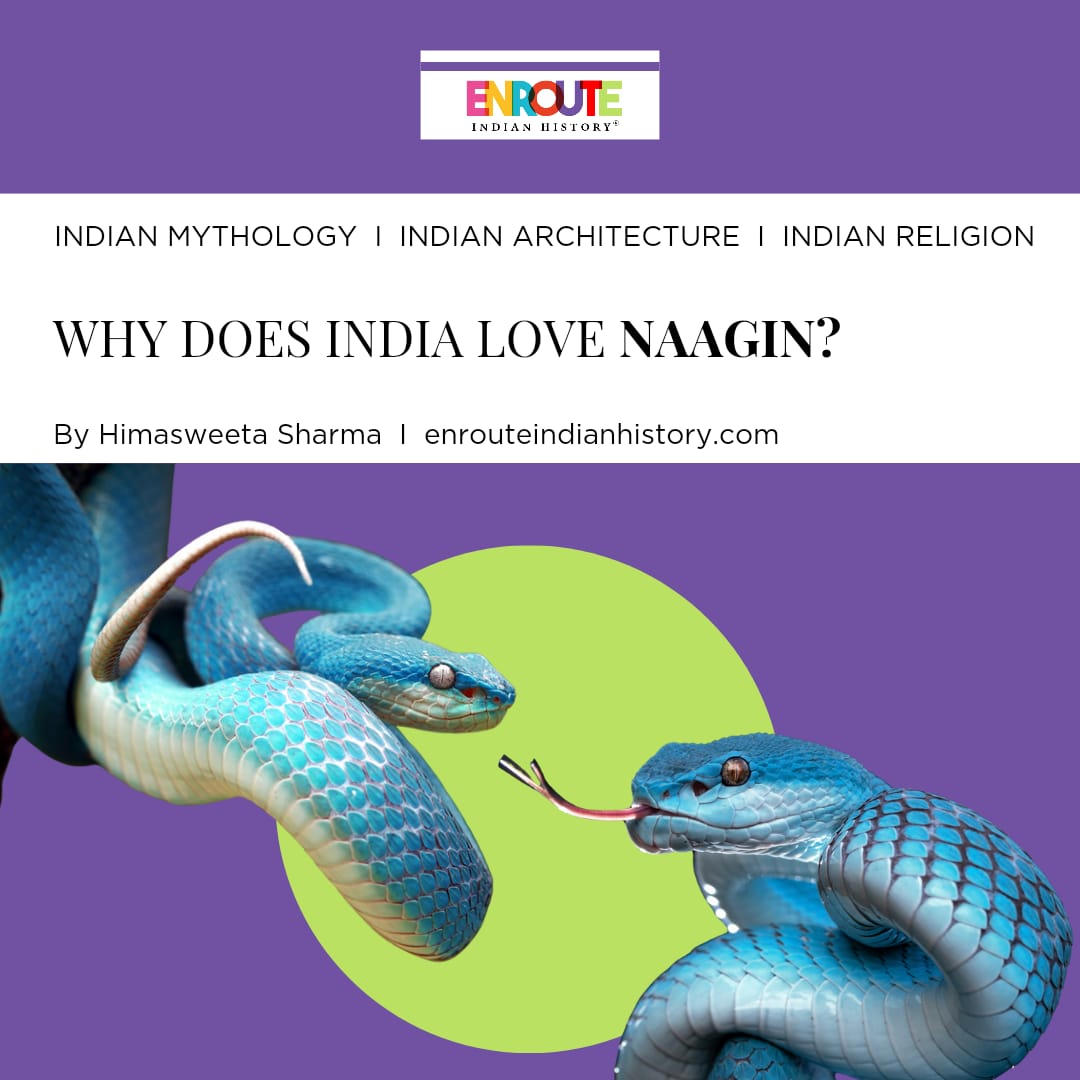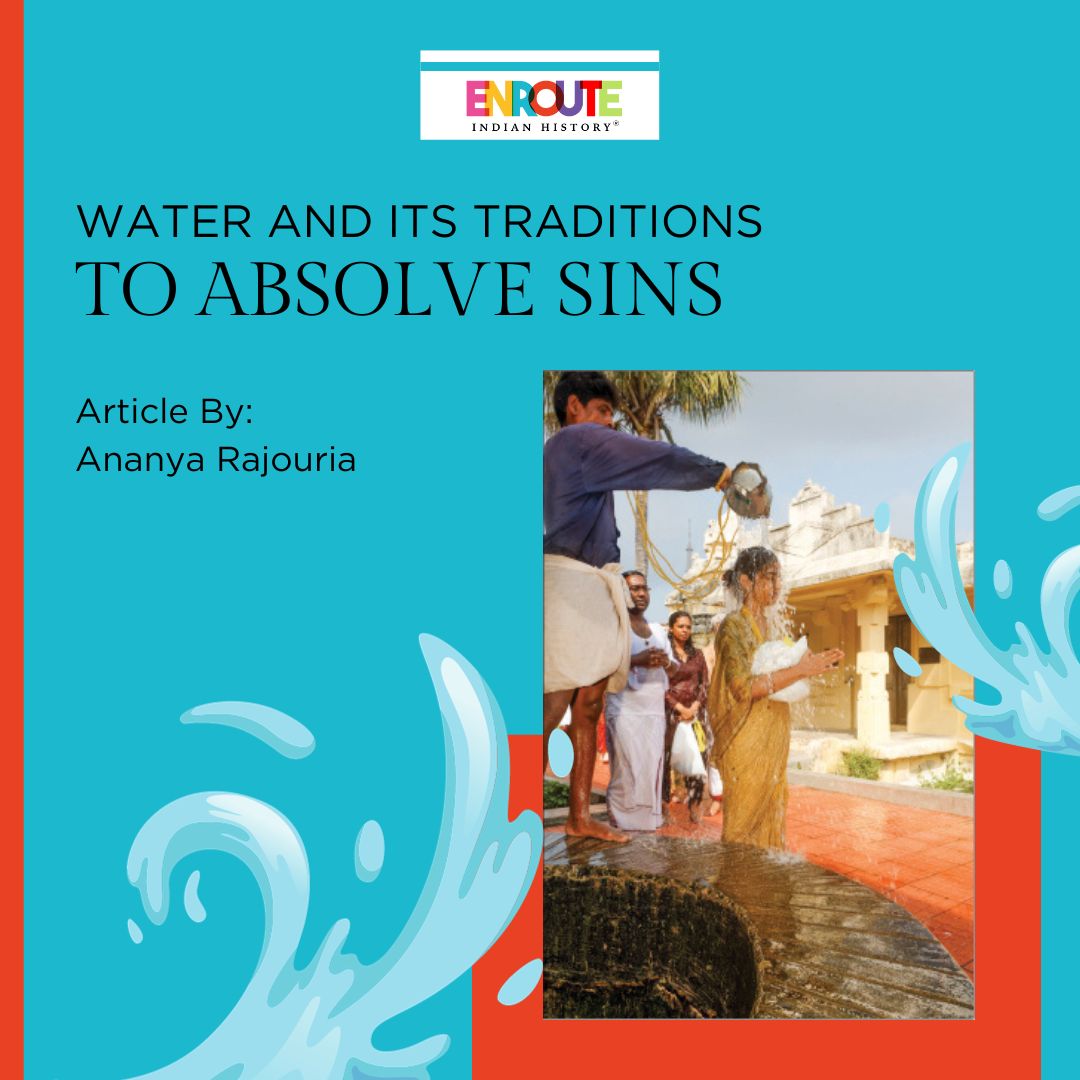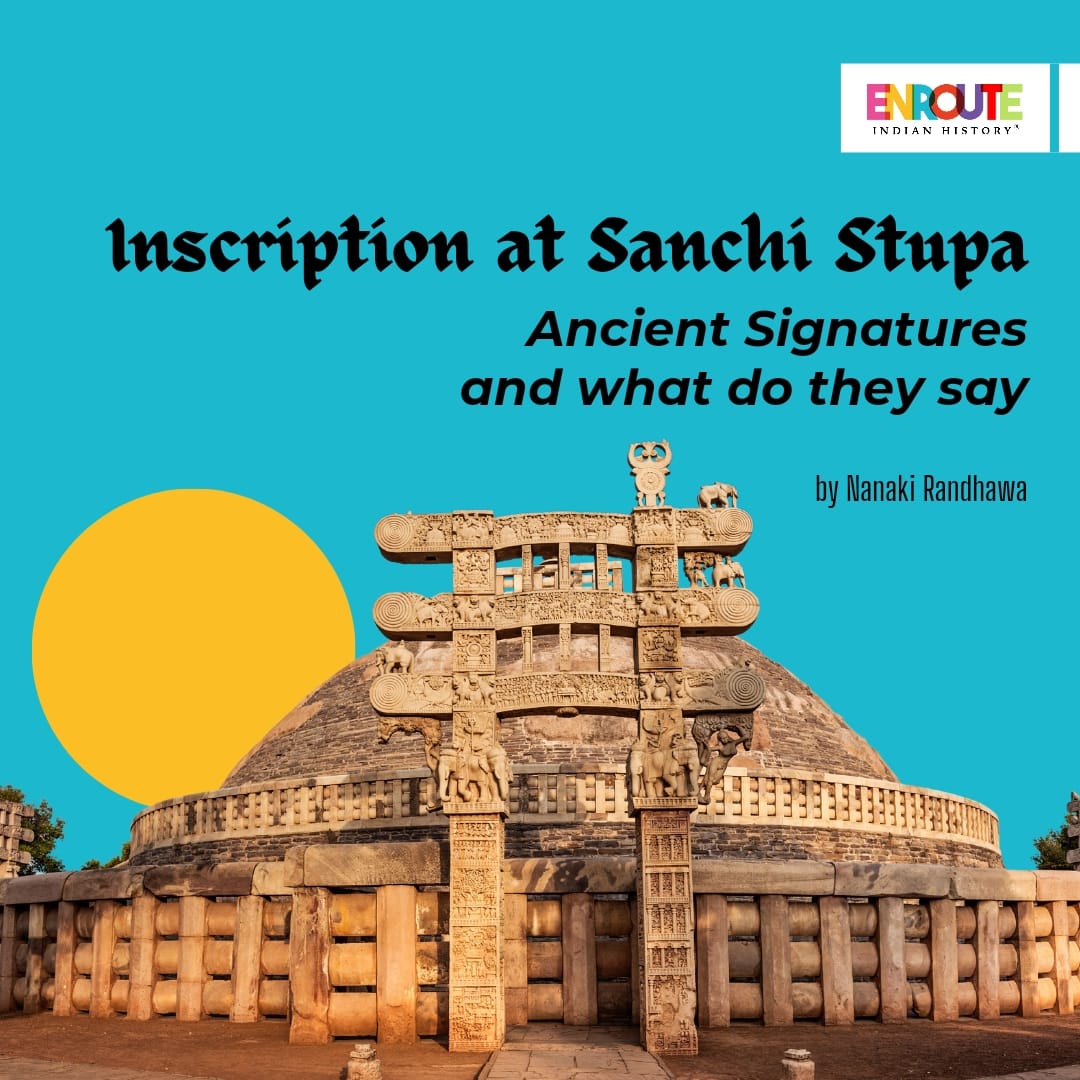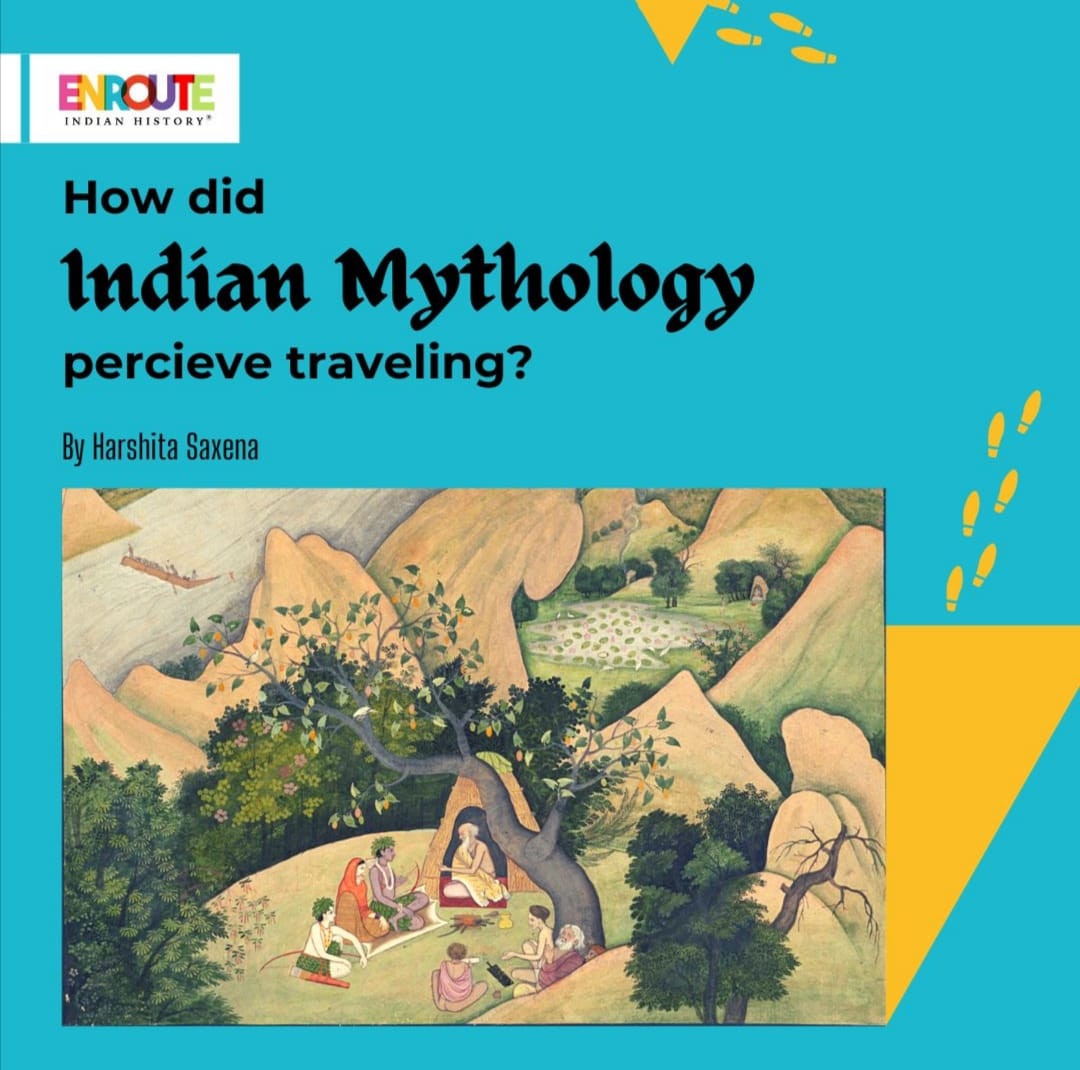
Immersion of idols into sanctified waters
India has a large number of cultural and religious festivals throughout the year, idols predominantly of both genders belonging to Hindu mythology. Puja as in the commemoration and farewell rituals are often executed on a grand-scale. Grandiosity is not unknown to the subcontinent be it a festival or a marriage or even ascendency to the throne. The more resplendent festival the more pleased the deities are. Unlike any other religion in the world, credence of Hindus and valediction of deities through an extravagant ceremonial practice leading to mass involvement amalgamated by belief is quite distinct. Bidding farewell to gods and goddesses is certainly obligatory to conclude festivals, or else would be considered undone and indeed a bad omen. Universal in almost all festivals of deities such as Hindu deities like Ganesha, Durga, Saraswati and others. Previously, as recorded in historical context, deities were originally made up of clay, dry stalks of cereal plants and wood. The wooden planks were base structure on which dry stalks of cereal plants were firmly swaddled around to give it a bodice-structure and lastly clay or mud is employed to smooth out the exterior surface so that paints could be smeared on. After the clay is sundried, the idols are embellished with paints and hand-made paper jewellery or even actual gold at times. Scientifical rationalistic monitoring notes that idols constitute of such biodegradable material to attain the unification factor with earth a bona fide act hence marking it a prodigious event for devotees.

Durga Puja (or the worship of goddess Durga) is one of the largest celebrated festivals in West Bengal and other adjoining places in eastern India. It marks the salutation and veneration displayed towards goddess Durga for nine long days with the 10th day heralding the return of the goddess in the form of idol immersion. Prior to immersion of the deity into the sacred rivers, a ritual is orchestrated by the priest to begin a pleasant voyage of Maa Durga to the heavenly abode to Lord Shiva along with her children, goddess Laxmi and Saraswati along with Lord Ganesha and Lord Kartik. The jubilant episode following the immersion is sindur khela during which women apply vermillion colour on each other followed by a distribution of sweets among all. Principally there are two theories attached to the immersion postulation; firstly, the event proclaims return of the deity to her divine abode that she left to vanquish the demons inhabiting on earth and lastly, the submersion or dissolution remind us of impermanence. Everything in the universe that comprises a name (nama) or form (rupa) is subject to dissolution, even the forms and imageries of supreme deities. All returns to the ocean or undifferentiated casualty to eventually emerge again in an unending cycle of evolution and involution.

Temple architecture along the river banks of Bengal
The discussion of Visarjan or Bisharjan is incomplete without a dig on the relevance of temples surrounding the river banks or ghats, where the submersion or visarjan happens. Surviving for more than two hundred years, the Kalighat Kali temple, one of the shakti peethas, was installed in Bengal. Initially had been built beside the Adi Ganga of Hooghly River (Bhagirathi), but with substantial period of time, the river had drifted away from the temple. As legend remarks, in the course of Lord Shiva Rudra Tandava, the body parts of Sati dispersed over fifty-one places of earth, and Kalighat embraces the fact that the toes of Dakshayani or Sati fell exactly on the spot of the temple constructed. The Kalighat temple like other shakti peethas resonates potency and ascendancy of goddess into the human realm. Allegedly the exact place where the body parts fell are focal points of psychic energy. Several legends are attached to it, some of them are as follows―the foundation of the temple can be owed to a pious saint, Chouranga Giri, who said to have discovered an impression of goddess Kali’s face consequently embarked on the construction. Later in 1570, Padmabati Devi, had a divine vision and discovered right toe of Sati in a lake called Kalikunda in Kalighat, this gave Kalighat the status of one of the 51 shakti peethas. Fast forward to the British era, the domain was a part of the Dihi Panchannagram (group of 55 villages) which the East India Company purchased from Mir Jafar in 1758, after overthrowing Siraj-ud-Daulah in Battle of Plassey. Contemporary geologists and theorists are of the opinion that the suburbs and forested lands encompassing the temple are now absorbed into the growing urbanized city. Owing to its noteworthiness the temple attracts a large number of pilgrims from all parts of the country.
Another unmissable temple is the Dakshineswar temple dedicated to goddess Bhavatarini (another form of goddess Kali) established along the banks of Hooghly River. It is widely surmised that goddess Bhavatarini liberates her partisans from the ocean of existence or Samsara. The temple might have been erected in mid-19th century as a result of Rani Rashmoni’s dream, which motivated the queen to mould a mandir immediately after the vision. The towers of the building are at a height of more than hundred feet while nine-spire style boast of a massive courtyard flanked by twelve other small temples that are devoted to Lord Shiva. A Navaratna or nine spires style of Bengal architecture had been obeyed, and is a three-storey south-facing temple. One of the temple’s idiosyncratic aspects is that the goddess Bhavatarini residing in Garbha Griha (the main chamber where gods and goddesses are placed) stands on the chest of a supine, Shiva. Both the idols are planted on a thousand-petaled lotus throne made of actual silver. The Bhavatarini deity emblematize the darker side of life and cosmic strength against all beings, but a raw feminine energy too.
Conclusion
Calcutta or Bengal has consistently been the seat of empyrean feministic energies, promoting women to be a prominent section of mankind whether she is deity or a human. From Durga to Kali, a comprehensive range of female deities are celebrated throughout the year not only in Bengal but throughout the subcontinent. Both the entities as surmised by thousands, came down to earth to extricate the innocent from the hands of ungodly beings or demons, however the retreat of deities is held more remarkable than the arrival, egress of deities is commemorated in a much larger scale, the reason might be immersion or submersion deities which indicates the amalgamation with the earth hence return to heavenly abode or paradise and radiating as well divaricating positive energy or shakti to her partisans.
References
- Madan T.N. Religion in India, Daedalus, Vol. 118, No. 4, Another India (Fall, 1989), pp. 114-146 (33 pages) https://www.jstor.org/stable/20025267
- Chatterjee Kukum. Goddess encounters: Mughals, Monsters and the Goddess in Bengal, Modern Asian Studies, Vol. 47, No. 5 (September 2013), pp. 1435-1487 (53 pages) https://www.jstor.org/stable/24494217
- Mazumdar B.C. Durga: Her Origin and History, The Journal of the Royal Asiatic Society of Great Britain and Ireland (April, 1906), pp. 355-362 (8 pages). Published by: Cambridge University Press https://www.jstor.org/stable/25210252
- Barbiani Erica. Kalighat, the Home of Goddess Kali: the Place Where Calcutta is Imagined Twice: A Visual Investigation into the Dark Metropolis (March 2005) Sociological Research Online 10(1) DOI:10.5153/sro.988
- Moodie Deonnie. The Making of a Modern Temple: Kalighat and Kolkata-Introduction (August 2018) ResearchGate publishers. DOI:10.13140/RG.2.2.22035.73761
- November 9, 2023
- 5 Min Read
- August 12, 2023
- 8 Min Read


























